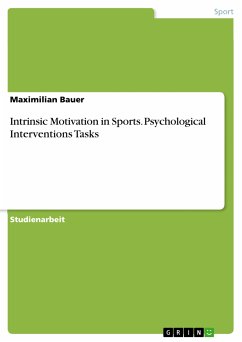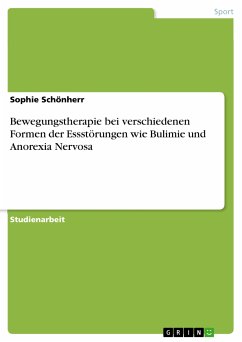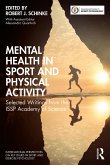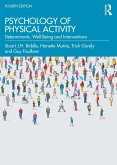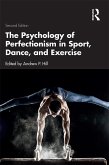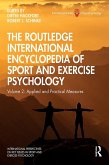Bachelorarbeit aus dem Jahr 2017 im Fachbereich Sport - Sportökonomie, Sportmanagement, Note: 1,0, Universität Bayreuth, Sprache: Deutsch, Abstract: Theoretical Background: Patients with Anorexia Nervosa (AN) often practice physical activity to influence their weight and shape or they partake in sporting exercise in a compulsive manner. It is generally known that physical activity may have negative consequences for patients with AN, if it is conducted excessively or used as a method to control weight. Otherwise, sport can be used as a therapy to find a way to mitigate the medical condition or even cure it by influencing physiological and psychological condition of the patient and improving their fitness and self-esteem. The primary objective is to find out if and to what extent sports-therapy or physical activity can have a positive influence on sufferers of an Eating Disorder (ED). This elaboration is a systematic review that summarizes studies, which show the effect of physical activity in correlation with Anorexia Nervosa (AN). To give the reader an overview of the topic of ED, it is essential to clarify the causes of AN, its risk factors, as well as the consequences for the patient' health that result from it. Method: Use of comparable studies, taken from the medical meta-database PubMed that analyzed a range of nonathletic adolescents, who were diagnosed with AN and underwent a schedule of low-intensity physical activity for a limited period. Target group: This thesis sets out to summarize the results of existing studies on this topic. Its objective is to prove any coherence in the results of these studies, and as a consequence proved information to therapists, or patients, suffering from AN, if and which kind of physical interventions could have a positive or negative influence on the ED. Results: Overall, seven studies were found that met the inclusion criteria. The results prove that only two of these studies show a significant improvement in physical conditions compared to the control group, while five of them reported better psychological condition. In summary, all participants identified small improvements, and none of the studies showed indications of deterioration. Conclusion: Given the suitable intensity and extensive duration of the therapy program, physical intervention in the form of anaerobic or resistance training can possibly lead to beneficial and significant outcomes in physiological strength, fitness and the psychological well-being in anorexic outpatients.
Dieser Download kann aus rechtlichen Gründen nur mit Rechnungsadresse in A, B, BG, CY, CZ, D, DK, EW, E, FIN, F, GR, HR, H, IRL, I, LT, L, LR, M, NL, PL, P, R, S, SLO, SK ausgeliefert werden.



